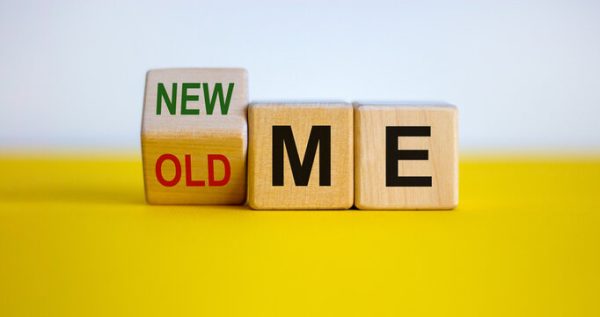The History of Ramadan

The ninth month of the Islamic calendar and the holiest month for fasting is known as Ramadan. The crescent moon’s apparition marks both its beginning and conclusion. Ramadan can fall in any season over the course of a 33-year cycle because, unlike the Gregorian calendar, the Muslim calendar year starts 10–12 days earlier each year. According to Islamic tradition, God disclosed the Qur’an to the Prophet Muhammad during Ramadan “as a guidance for the people” on the “Night of Power” (Laylat al-Qadr), which is observed on one of the last 10 nights of Ramadan, typically the 27th night. Ramadan is a time for reflection, group prayers in the mosque, and Qur’anic study for Muslims. Those who observe the holy month with fasting, prayer, and sincere purpose receive God’s pardon for their prior sins.
However, Ramadan is more of a time for Muslims to exercise self-control in accordance with awm (Arabic: “to refrain”), one of Islam’s five foundations. (the five basic tenets of the Muslim religion). Awm is more widely understood to mean abstaining from food, drink, sexual activity, and all other forms of immoral behavior between dawn and twilight, including impure or unkind thoughts, even though it is most frequently associated with the obligation to fast during Ramadan. Therefore, breaking a fast with false words, bad actions, or bad intentions is just as harmful as eating or drinking. Muslims assemble in their homes or mosques following the sunset prayer to break their fast with a meal known as iftar, which is frequently shared with friends and extended family. As was the practice of Muhammad, the iftar typically starts with dates, figs, water, or sweetened milk.
After Ramadan is over, additional fasting days may be replaced for anyone who gets sick during the month or needs to travel. If required, fasting can be replaced by giving off one’s time, doing charitable deeds, or feeding the hungry. Adults in good health and older kids fast during the day, from dawn to nightfall. The obligation to fast does not apply to children, elderly people, people who are weak, pregnant, or nursing, people who are traveling a great distance, or people who have a mental illness.
One of the two main religious holidays on the Muslim calendar, Eid al-Fitr, also known as the “Feast of Fast-Breaking,” marks the end of the Ramadan fast. (the other, Eid al-Adha, marks the end of the hajj, the pilgrimage to Mecca that all Muslims are expected to perform at least once in their lives if they are financially and physically able). Eid al-Fitr can be quite elaborate in some communities. Children wear new clothes, women dress in white, special pastries are made, presents are exchanged, relatives’ graves are visited, and people assemble for meals with their families and to worship in mosques.









